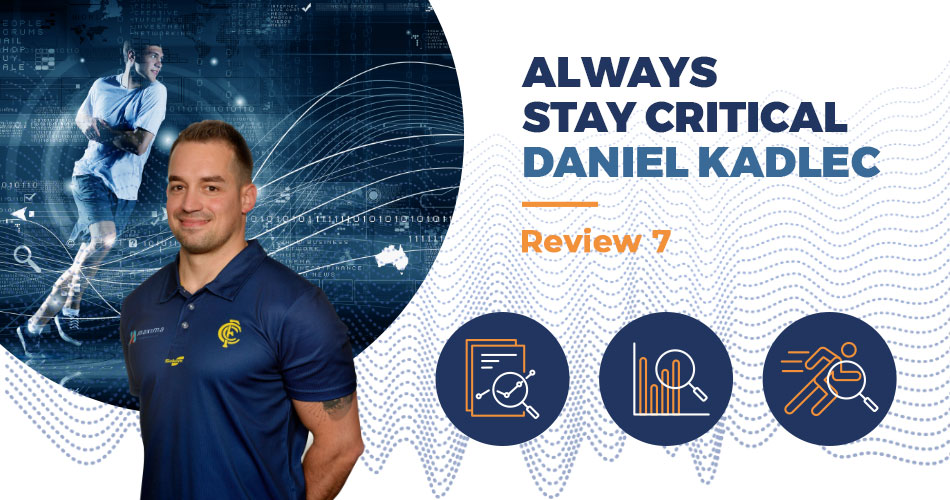Ice Baths, Isometrics, and Tendon Strength: Key Insights from Dr. Keith Baar
In a recent episode of The Tim Ferriss Show, Dr. Keith Baar, a renowned professor at UC Davis specializing in muscle and tendon physiology, shared invaluable insights into tendon health, injury rehabilitation, and strategies for enhancing joint longevity. Here’s a relaxed breakdown of the major takeaways that coaches, athletes, and fitness enthusiasts will find particularly enlightening.
Optimizing Ice Bath Timing
Ice baths are popular for recovery, but timing is crucial to maximize benefits. Dr. Baar advises that if strength gains are a priority, it’s best to wait at least 4-6 hours after training before taking an ice bath. This delay helps prevent potential interference with muscle adaptation processes. Alternatively, scheduling ice baths in the morning and strength training in the afternoon can also be effective.
Building Robust Tendons: The Power of Isometrics
To enhance tendon resilience and aid in rehabilitation, incorporating isometric exercises—where muscles contract without changing length—proves beneficial. Dr. Baar highlights that these exercises, such as holding a lunge position for 10-30 seconds, can significantly strengthen tendons and ligaments. Integrating these holds into regular training routines can lead to healthier connective tissues over time.
Rethinking the RICE Protocol: Embracing Load as Therapy
The traditional RICE (Rest, Ice, Compression, Elevation) method for injury treatment is being reconsidered. Dr. Baar emphasizes the importance of mechanical loading—essentially, using movement and exercise—as a therapeutic tool. He suggests that controlled loading can act as an anti-inflammatory, promoting healing more effectively than complete rest or reliance on anti-inflammatory medications.
The Role of Supplements in Tendon Health
While supplements are often touted for joint and tendon health, Dr. Baar advises caution. He points out that the efficacy of many supplements lacks robust scientific backing. Instead, focusing on a balanced diet rich in essential nutrients and engaging in appropriate loading exercises may offer more tangible benefits for tendon and joint health.
Understanding Inflammation: Friend or Foe?
Inflammation is a natural response to injury and plays a crucial role in the healing process. Dr. Baar underscores that while excessive inflammation can be detrimental, a certain level is necessary for adaptation and recovery. Therefore, it’s essential to strike a balance and not rush to eliminate all inflammation immediately after an injury.
Final Thoughts
Dr. Baar’s insights shed light on the evolving understanding of tendon health and injury rehabilitation. By integrating isometric exercises, appropriately timing recovery strategies like ice baths, and embracing controlled mechanical loading, athletes and coaches can promote tendon robustness and joint longevity. Additionally, a balanced approach to inflammation and a critical view of supplementation can further enhance training outcomes and overall joint health.
Example Program: “Patellar Tendon Recovery”
Purpose: Heal, strengthen, and build robust patellar tendons for pain-free athletic performance.
Frequency: 3–4 times per week (every other day)
Exercise: Active Single-Leg Isometric Wall Sit
Warm-up: 5 minutes gentle cycling or dynamic movement
Exercise Protocol:
- Position yourself in a single-leg wall sit, knee bent approximately 60 degrees.
- Gradually increase force by actively pushing your back against the wall and your foot strongly into the ground over 3–5 seconds.
- Maintain this strong, active contraction (~70% max effort) for 30 seconds.
- After the hold, slowly reduce tension over 2–3 seconds.
- Complete 4 sets per leg with 2 minutes rest between sets.
Start with two-legged holds if single-leg exercises are initially too demanding.
Supplementation (Keith Baar Recommended):
- Collagen (15 grams) + Vitamin C (50–100 mg)
- Consume 40–60 minutes before exercises to enhance collagen synthesis and tendon healing.
Outcome: Consistent adherence reduces pain, enhances tendon strength, and promotes long-term athletic resilience.
For a deeper dive into these topics, you can listen to the full episode of The Tim Ferriss Show featuring Dr. Keith Baar: https://tim.blog/2025/02/26/dr-keith-baar/











Responses